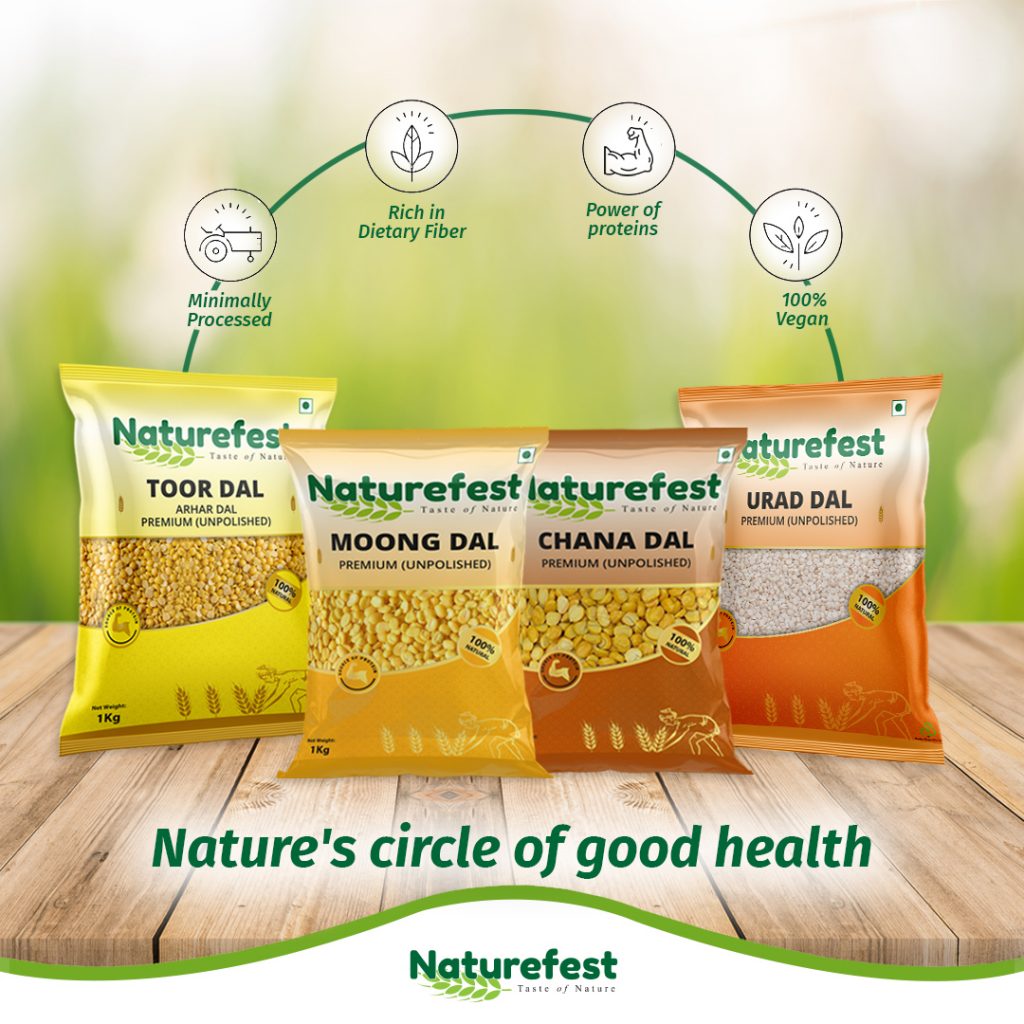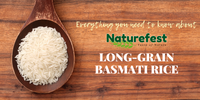What would an Indian household do without the humble dal chawall? It might be an eye-opener to all, but this staple dish is probably not living up to its nutrition standard. Don’t know what we mean by that? Well, allow us to explain.
The shinier the better could be a phrase well suited for diamonds well, but not for dals. When we buy dals, there are several options available, brand-wise and quality-wise. If you find yourself messed up in the pool of options available to buy your dals then don’t worry. We can help you get sorted by the time you finish this read.
The dispute at hand is polished vs unpolished pulses. If you glance at the ingredients on the packets of dals of various brands, you’ll notice that ingredients have gone through a number of processes to get to your plate and along the way, it loses its potency when it comes to nutrients.
We Indians, very much love our simple yet fulfilling dal and rice. Not only is it delicious, but it is also an integral part of a vegetarian person’s diet, as it is high in protein. The simple dal can be taken to a step further if we choose to go with the raw ingredients, and not the shiny ones we see in front of us.
What is the polishing process?
The truth is that before hitting the grocery store shelves, most staples undergo an extensive process of polishing. Yes, you read it right. Most brands bring out the dals only after polishing. Polishing is done to mainly increase visual appeal for the consumer. There are different polishing ingredients used such as nylon polish, leather and makhmal polish and the most prevalent being oil and water polishing. Doing so gives each and every grain of the dal a shiny appearance and uniformity. This gives it that added luster. This process not only robs it off essential nutrients but also makes it non-vegan.
So, why do we have more polished options in the market?
The main reason most manufacturers prefer to polish their products is because of the larger shelf life. Polished dals can keep up to 8 months or more. Whereas unpolished dals, usually need to be consumed within 6 months and stored in a cool, dry environment. The other reason is that people like shiny-glossy things. Yes, this isn’t a joke, it’s purely just an aesthetic thing.
Still not convinced to go with unpolished?
It’s safe to say that the more raw or untouched the produce, the better it is for health. Unpolished dals have more fiber and taste better. Choosing unpolished dals means opting for a higher amount of protein in comparison to polished dals. Unpolished dal contains more nutrition, as natural nutrients stay intact. This dal also adds a better taste to your homemade dishes. The Dal that is heavily processed takes longer to cook.
Dals are pretty much under-rated and under-valued. However, they do provide a lot of health benefits. Be prudent, select unpolished dals and steer clear of the smooth, shiny variety. When buying dal, ensure that you select the unpolished ones. Unpolished dals are most definitely a great way to sneak in oodles of nutrition without sacrificing flavours.








